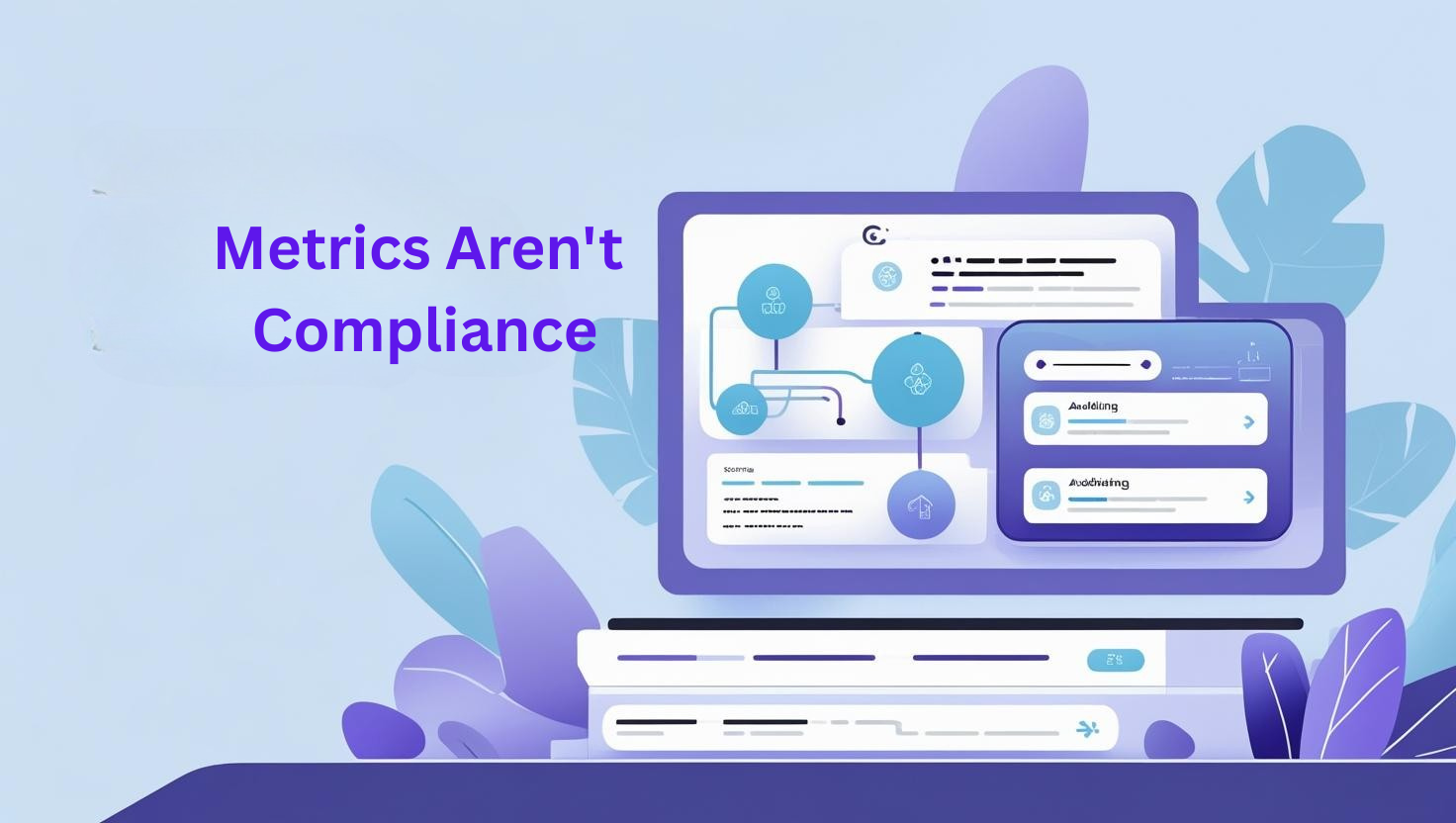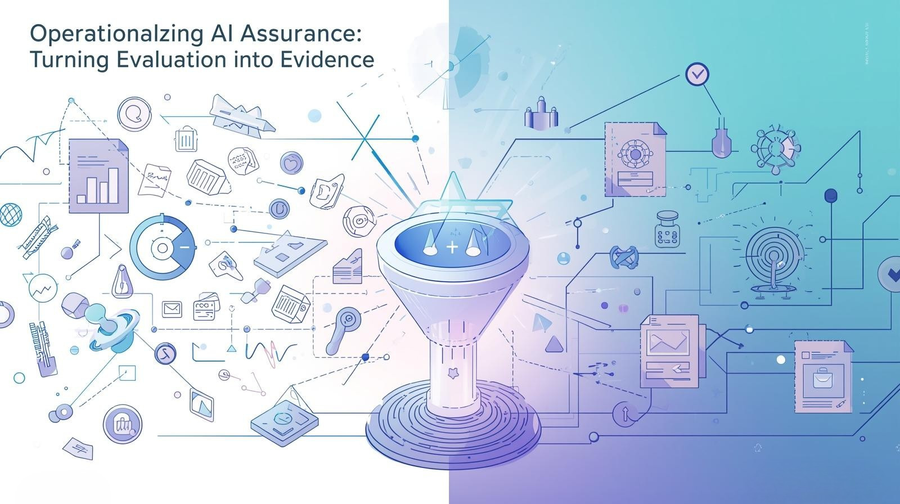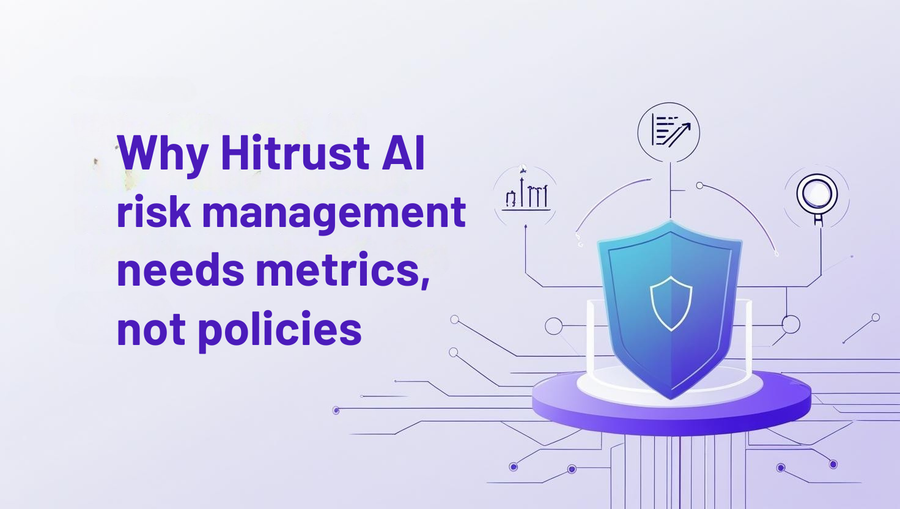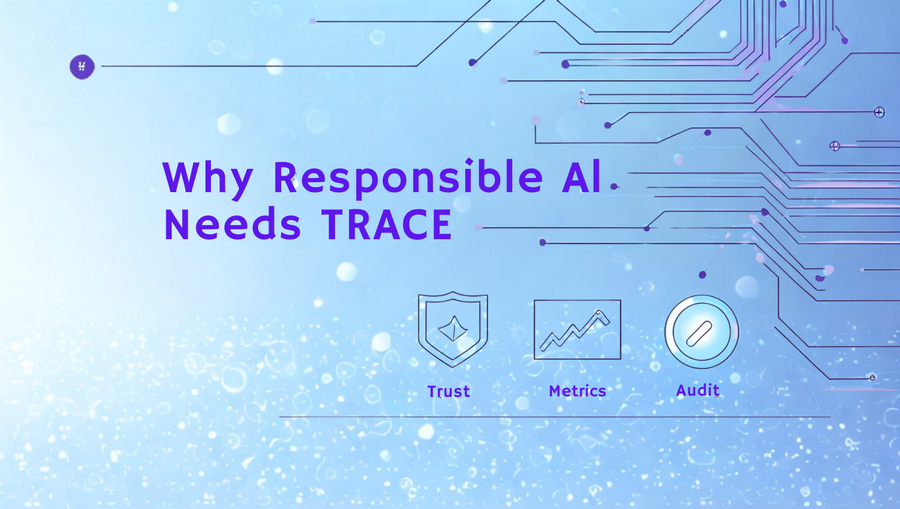A 2024 survey of Fortune 500 data leaders found that 61 percent paused at least one AI project because “the numbers looked good, but the evidence didn’t.” Dashboards brimming with accuracy, fairness, and privacy scores impress engineers—yet regulators and procurement teams remain unconvinced. The missing ingredient is context.
Context Is King: The Compliance Gap Explained
Raw metrics answer how well a model performs, not why it exists, who could be harmed, or what happens if assumptions shift. Governance frameworks such as the EU AI Act, NIST RMF, and ISO 42001 require a narrative that covers:
- Purpose: The business function and stakeholder benefit the model supports.
- Risk tier: The severity of harm if the model misfires.
- Downstream impact: The populations, partners, and processes affected by model outputs.
Without these details, even a perfect F1 score drifts in a vacuum, easily challenged during diligence or regulatory review.
Regulators Speak the Language of Context
- EU AI Act, Articles 9-15 demand documented data governance, risk management, and post-market monitoring.
- NIST RMF “Measure” and “Monitor” functions call for evidence linked to organizational risk criteria, not generic thresholds.
- ISO 42001 instructs companies to maintain performance and accountability records over the AI life cycle.
In short, compliance hinges on traceable justification—not isolated numbers.
The Contextual Metadata Triad
Purpose Alignment
A loan-approval engine and a spam filter might each score 0.93 AUC, yet the societal stakes differ radically. Clarifying purpose guides acceptable thresholds and oversight cadence.
Risk Tiering
NIST’s impact-likelihood matrix and ISO 42001’s operational controls both prescribe tighter monitoring for higher tiers. A “high-risk” model demands stricter thresholds, recurring evaluations, and executive sign-off.
Downstream Impact Mapping
Knowing who benefits—or suffers—guides metric selection. Robustness to demographic drift matters more for hiring algorithms than for image compression. Privacy leakage looms larger when medical data is in play.
TRACE: Context Meets Cryptography
TRACE (Test Results Assurance & Compliance Envelope) is an open framework that binds raw metrics to context in a cryptographically sealed dossier. Reviewed by AI vendors, compliance leaders, and former regulators, TRACE reflects real-world governance needs across sectors.
The Five Pillars
- Trust: Clear statement of purpose and stakeholder map.
- Risk: Tier designation with rationale aligned to EU AI Act and NIST RMF.
- Action: Documented evaluations—fairness, robustness, privacy—and mitigation steps.
- Compliance: Thresholds mapped to ISO 42001 controls and internal policy.
- Evidence: Signed manifest anchoring datasets, code commits, and reviewer approvals.
How TRACE Stitches Context to Numbers
1. Ingest
Teams run evaluation tools—Deepeval, MLflow, or custom scripts—and export raw metrics (JSON, CSV).
2. Annotate
Developers tag the submission with purpose, risk tier, and impact descriptors via the TRACE API or YAML template.
3. Seal
TRACE generates a signed Evidence Package and renders a Responsible AI Scorecard that blends metrics with context and commentary.
4. Surface
The Scorecard can be:
- Attached to pull-request checks (block merges when thresholds fail).
- Published in an AI TrustCenter for risk and compliance teams.
- Shared with customers or regulators during due diligence.
Deep Dive: Immutable Lineage and Cryptographic Proofs
- Content-hashing: TRACE records SHA-256 hashes of datasets and model artifacts to prove nothing changed post-approval.
- Time-stamping: Signed evidence logs timestamps and reviewer identities for accountability.
- Replay scripts: Self-contained Docker or Conda specs allow auditors to rerun tests years later without the original environment.
Beyond the Audit: Business Value of Contextual Evidence
- Faster vendor onboarding: Enterprises cut security questionnaire cycles when Scorecards answer risk questions up front.
- Shorter procurement timelines: Clear evidence accelerates contract approvals, translating governance into revenue.
- Cross-functional trust: Product, legal, and ethics teams gain a shared view of model health, reducing friction.
Real-World Example: Imaging center
Context
A leading imaging center deploys an early-cancer detection model—classified as high-risk under EU medical-device law. Pilots showed 0.92 AUC, but hospital compliance officers required proof beyond the performance number.
Action
- Engineers ran Deepeval robustness and fairness checks after each training cycle.
- TRACE wrapped results with purpose (assist radiologists), risk tier (high), downstream impact (patients, clinicians), and dataset hashes.
- The hospital’s compliance portal pulled Scorecards via API for automated review.
Outcome
- External auditors accepted the TRACE dossier with no ad-hoc data pulls—saving four weeks.
- MedNova rolled out to 70 clinics ahead of schedule.
- Quarterly surveillance audits reuse the same package, cutting compliance overhead by 55 percent.
Quick-Start Guide: Integrating TRACE into Your MLOps
- Inventory models
- Flag systems subject to EU AI Act, sector rules, or internal policy.
- Define risk tiers
- Use a two-axis impact-likelihood matrix; document criteria in your model registry.
- Automate tagging
- Embed purpose, risk, and impact annotations in your CI/CD pipeline.
- Install TRACE SDK
- Ten lines of code push metrics plus metadata to TRACE during build.
- Publish Scorecards
- Host them in an AI TrustCenter for self-service access by auditors and customers.
Frequently Asked Questions
What if my metrics change every week?
TRACE treats each run as a new Evidence Package, preserving historical lineage and allowing trend analysis.
Can TRACE handle proprietary metrics?
Yes. Upload any custom metric alongside data dictionaries for reviewer clarity.
Is data encrypted at rest?
TRACE supports customer-managed keys and air-gapped deployments for sensitive workloads.
Key Takeaways
- Metrics impress engineers; context convinces regulators.
- Purpose, risk tier, and downstream impact form the metadata triad every score needs.
- TRACE binds this triad to metrics in a cryptographically sealed dossier.
- Early adopters report faster audits, fewer procurement delays, and clearer accountability.
Call to Action
Ready to find out whether your metrics can withstand compliance scrutiny?
Sign up for the free trial of TRACE. Upload your evaluation outputs, add context in minutes, and download an audit-ready Responsible AI Scorecard.
Share your feedback—or toughest governance challenge—in the comments to keep the conversation moving.






